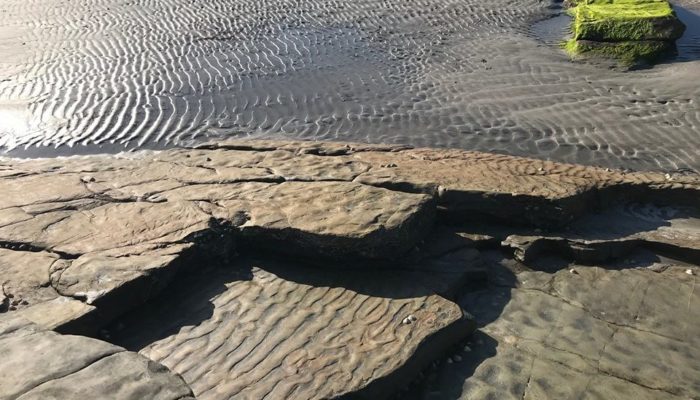
Earlier this year, Ian Kane, geologist at the University of Manchester, captured the iconic snapshot shown above. The picture reveals ripples, developed due to waves and currents in the sand of White Strand (near Killard, county Clare, Ireland) right next to Carboniferous sandstone that contains ‘petrified’ ripple marks!
The image is powerful, because it shows the basic principle of geological actualism, which can be summarized in the famous quote by Charles Lyell:
‘the present is the key to past, the past the key to the future’
The physical processes that are active in the world today occurred in the past and will continue to occur in the future. And ripples can tell us a lot about the past of our planet!
Sedimentologists study and analyze bedforms, like ripples, in present-day shorelines, river systems, deserts, and in deep marine environments like submarine fans to understand past environments. It is pretty obvious, when walking on a strand, to tell ripples were shaped by waves along the coast or by blowing wind on sand dunes, but would you be able to tell how they developed in rocks, without actually seeing the ambient where they formed?
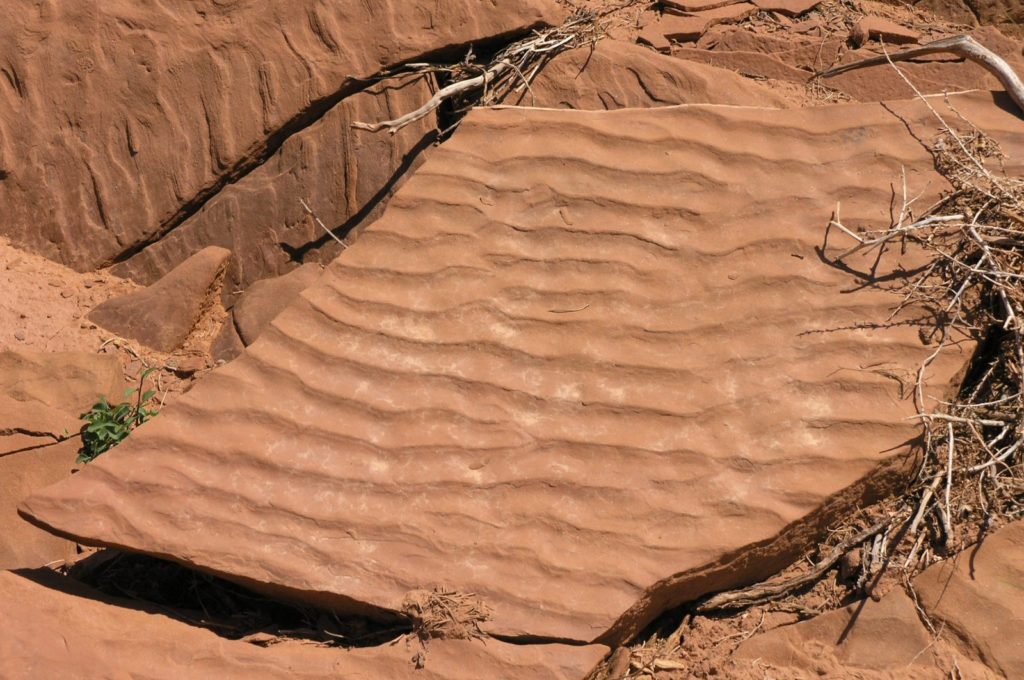
Ripple marks in the Moenkopi Fm., Capitol Reef National Park (Utah). Photo credits © Daniel Mayer/Wikimedia.commons
The first and most obvious information we can get from the presence of ripples in sedimentary rocks is that a current must have been present- either a water current or a blowing wind. Their crests are always oriented perpendicular to the current that formed them, telling us what the direction of currents in past environments was.
Their shape, size and symmetry depend on the type of sedimentary process that is associated with their formation. There are two types of ripples: asymmetric and symmetric.

Asymmetric ripples exposed in the intertidal zone near Lawrencetown (Nova Scotia). They were formed by a current (likely the tide) that was flowing from left to right. Photo credits © Michael C. Rygel/Wikimedia.commons
Asymmetric ripples show a gently-dipping side (stoss side) and a short inclined side (lee side). The sediment is dragged and eroded from the stoss side until it reaches the crest and deposits on the lee side, which is downstream with respect to the current. The continuous removal of sediment from the stoss side and the re-deposition on the lee side causes the ripple crest to migrate in the same direction of the current. Recognizing asymmetric ripples tells us immediately where the flow was directed. We can, for example, reconstruct the direction of a river, or a marine current, or the dominant wind in sandstone that deposited millions of years ago.
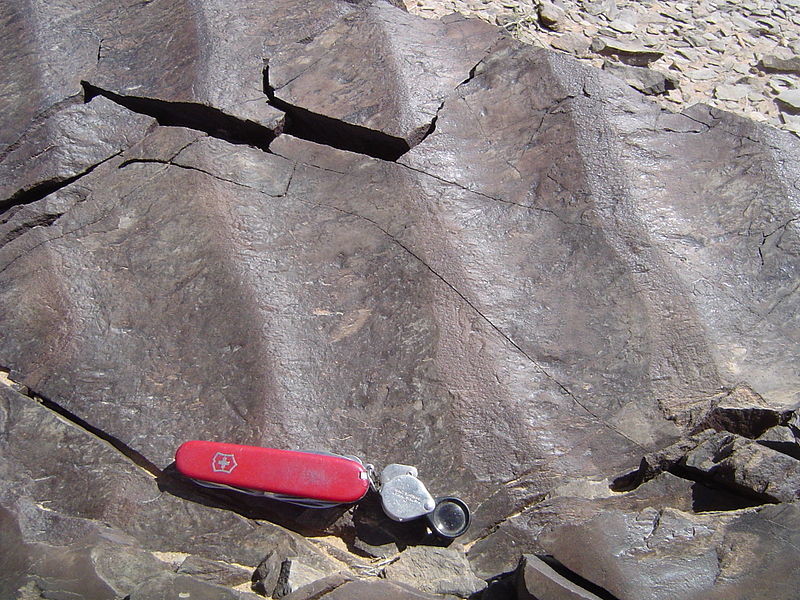
Symmetric ripple marks formed by waves in Permian rocks from Nomgon, Mongolia. Photo credits © Matt Affolter/Wikimedia.commons
Not all bedforms are the result of a single and dominant current. Symmetric ripples are formed by bidirectional currents: currents that move in one direction and then in the opposite one. Does it ring a bell? Waves!
Waves cause ripples to be symmetric because both sides of the ripple become alternatively sites of erosion and deposition while water moves back and forth. Recognizing wave ripples can tell us whether an ancient sandstone deposited on a shoreline rather than on a river bank or a dune field.
Finally, ripples are very useful in structural geology because, as they mark the surface of deposition, they are useful indicators of the stratigraphic top in a sedimentary sequence, for example when we have to deal with overturned beds.

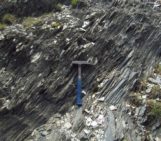
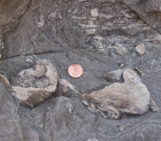
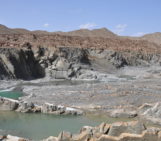
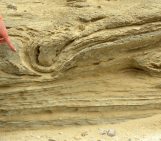
Daryl Pinksen
Hi, I’m trying to find information about the processes that form symmetrical ripple marks in deep water. I thought that wave action was solely responsible for symmetrical ripple marks but recently read that these can be found in depths of thousands of feet. Surface wave action can’t reach there (I assume) and I can’t find another explanation of the mechanism online.
Samuele Papeschi
Dear Daryl, can you source your information? Is it a paper? Waves may act on the sediment only in the first few meters of water and I exclude they can produce ripples at depth.
Doni Achmad Pratama
Hello, I’m also looking for the mechanism of symmetrical ripple in the deep sea, because my field has a submarine fan depositional environment, but quite a lot of symmetrical ripples are found. So far I have found papers which state that oscillations and currents make ripples symmetrical. and this is the paper by Menard, H.W. 1952. Deep Riple Marks In The Sea. if you have found the answer, please let me know
Samuele Papeschi
Hi Doni, I have approved your comment… Hopefully someone might help you out and reply 🙂
Fred Hehuwat
Hi Daryl, if you need information on ripple-mark processes you should try the 1970 PhD Thesis of Dr. Boersma from the State University of Utrecht, the Netherlands “Distinguishing features of wave ripple cross-stratification and morphology”